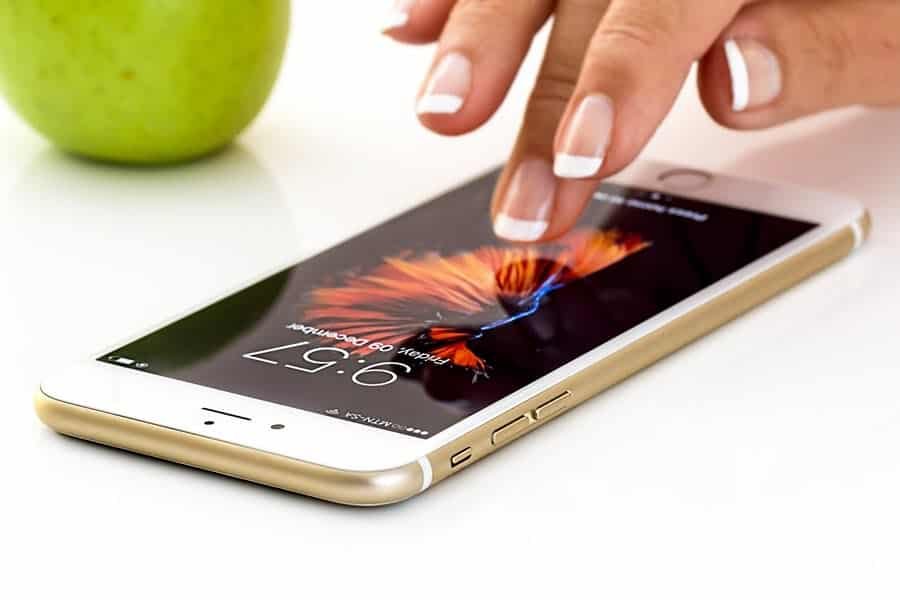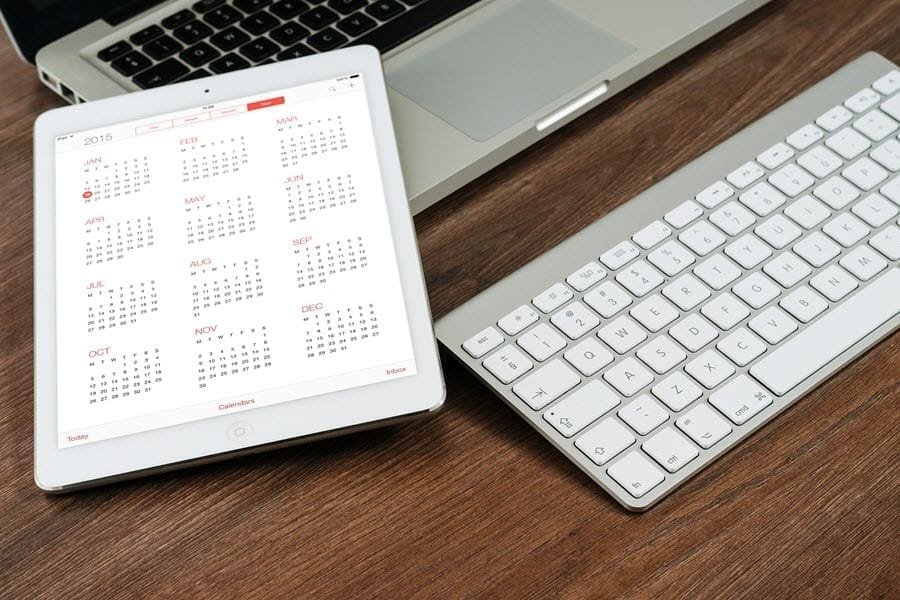
Millennials spend more time online on a mobile device than on any other digital platform. The world of the internet is an information treasure, but a single mistake can pose a threat to your iPhone or iPad security.
Having the best online practices in place can prevent you from losing your confidential information to unauthorized access or cybercriminals. So, make sure to implement them on your device for a safe browsing experience.
Why Is Mobile Security Important?
Well, we all are accustomed to using smartphones for browsing the web, shopping online, making financial transactions, attending online classes, and more. Regardless of the brand or the operating system you use, smartphones are playing an important role in transforming our lives.
With so many apps installed on iPhones, our lives have become easier. You can imagine the amount of data these apps are storing, from personal information to financial details.
Assuming most of these apps are accessing microphones, speakers, cameras, and other features, it’s important to safeguard the device to prevent information leaks.
That’s why iPhone or iPad security is of the essence, and every user must take it seriously to prevent illegitimate access to data stored within these devices.
Let’s now understand the ways that help strengthen iOS and iPadOS security without affecting data.
6 Easy Ways to improve iPhone and iPad Security
Use a VPN to secure your iPhone IP and Location
A Virtual Private Network is the answer to most online threats as it encrypts your IP address, making it inaccessible to anyone. VPN encrypts your internet traffic and decrypts it only when it reaches the destination port.
You can watch geo-restricted content using a VPN, which is a great benefit. Using a VPN on public Wi-Fi hotspots is a must since it makes your internet activity inaccessible to snoopers. If you are wondering what is a VPN on iPhone, it’s the same as on the computer and other digital devices.
Protect Your Lock Screen by securing Notifications and CC

Have you ever realized the amount of information that the lock screen can provide about your confidential activities? The alerts and notifications that display on the lock screen Can give enough details about the financial statements, transactions, or other documents.
You must secure your lock screen so that no one can access your important notifications when you are not around. Hiding incoming notifications can be the solution to this issue. Then you can tweak required settings by navigating to Notifications option in Settings.
In the same vein, control center can also be accessed from the lockscreen of your iPhone. This is a cause for concern because anyone can access your regular settings like Bluetooth, Wi-Fi, hotpot etc.
Accessing the control center in itself may not be a huge deal. But if you have a customized control center like me, which have advanced options, then you may not want to share its access with others. Set this right under Touch ID and Passcode in Settings.
Update iOS & iPadOS

Updating the operating system is important to ensure the smooth functioning of the device. When it comes to security, the updated version of the iOS or iPad OS includes patches that eliminate any discrepancies that can prove to be a threat to these devices.
To make your OS update-related tasks seamless, select to turn on Automatic Updates by navigating to Settings. Once you tweak the settings, you will probably not need to upgrade the operating system manually.
Avoid Shady Links
Exercise caution when you are browsing the internet and avoid tapping suspicious links that you receive via text message or email. Although Apple has robust built-in security protection in place that prevents malware from entering the device and removing vulnerabilities, being extra cautious is important.
That doesn’t mean that you must never click on any link, but make sure to verify the source of the link by hovering the mouse over them. Clicking these links may redirect you to illegitimate and phishing websites, so avoid clicking them as much as possible.
Set Up Face ID or Touch ID
You might already be using Face ID or Touch ID to unlock Apple devices; setting a passcode is one of the powerful ways to enhance security. It will prevent unauthorized users from poking into your digital life, which means you get better protection against threats.
Pairing these security features will give you robust protection when someone else tries to unlock your phone in your absence. To enable these features, navigate to Settings and enable Face ID or Touch ID option. Or, select Passcode from the Settings window.
Enable Find My

Previously known as Find My Phone or Find My iPad, the future is now popular as Find My. When configured appropriately, it allows you to track and locate your device and send an audible chime.
Moreover, it enables you to lock the device or wipe your personal data remotely from the device after it is lost or stolen. To enable the feature, go to Settings and click Find My. All your Apple devices must be connected to your Apple ID if you want this feature to work in the worst scenarios.
Grant Permissions Wisely
As mentioned in the previous section of this article, apps can pose more threats to security than you can ever think. When you download an app on an iPhone or iPad, it asks for permission to access contacts, location, photos, Bluetooth radio, camera, files, and more.
Read it carefully and deny illegitimate access to features on the device. You can also report dubious apps to Apple. Any discrepancy can lead to data leakage. For example, an app with permission to access your contacts stores such information on servers that can be compromised and end up leaking contacts.










